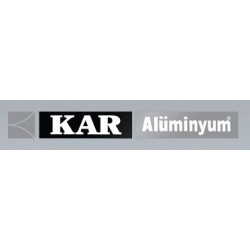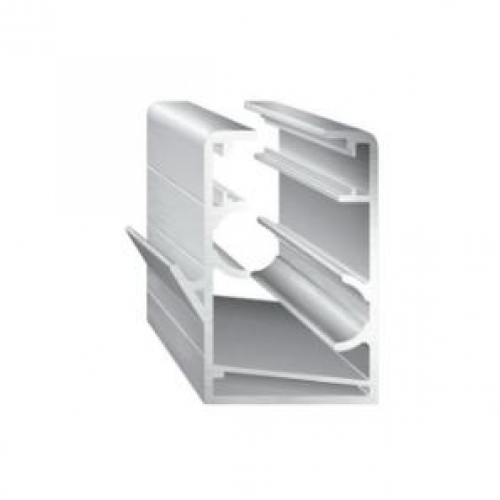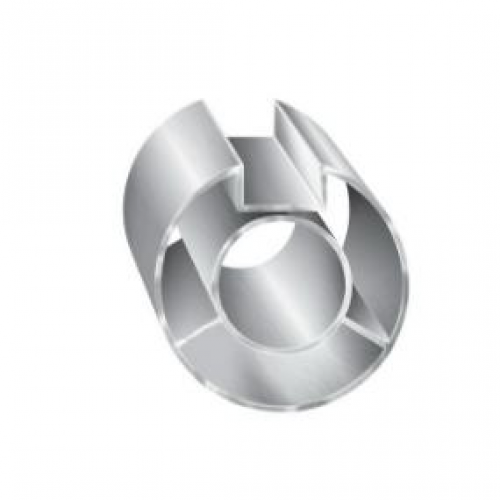About
Aluminum is a metal with the symbol Al and a density of 2.70 g / cm3. It is non-toxic and magnetic, non-sparking, resistant to cold and heat, products with precise tolerance can be produced. Its density is one third of steel or copper, it is easily malleable, machinable and castable, and reflects excellent light. While the tensile strength of pure aluminum is 49 MPa, it can reach up to 700 MPa (Megapascals) when alloyed.
While it has a fully recyclable feature, its alloys can be even more durable than steel.
While it finds wide use in the transportation and construction sectors that require lightness and high strength features, it has also become an indispensable part of the space and aviation industry.
It has very superior corrosion properties because the oxide layer formed on it is protective.
Aluminum Alloys
Alloy Main Element Effect of Main Element
1000A: None High corrosion resistance, low strength, good conductivity
2000A: Copper Strength, hardness and machinability, Can be hardened by heat treatment
3000A: Manganese Medium strength, good workability
5000A: Magnesium Medium and good strength, good workability
6000A: Magnesium Silica. Formability, corrosion resistance, high strength
7000A: Zinc Very high strength, can be hardened by heat treatment
1000,3000,5000 and 6000 series alloys have good weldability and corrosion resistance. The 2000 and 7000 series alloys have higher strength and machinability, but low weldability and corrosion resistance.
Profile Conditioning features
Raw material property Hardness (Brinell)
E60 (AlmgSi) F13 Without Thermal 35 - 50 HB
(6060/6463) F22 Thermal 60-70 HB
F25 Wet Thermal * 70-80 HB
E61 (AlSiMg) F21 Without Thermal 65 HB
(6082) F28 Thermal 80 HB
F31 Wet Thermal * 95 HB
* Aqueous = Cooling with water at extrusion outlet
While it has a fully recyclable feature, its alloys can be even more durable than steel.
While it finds wide use in the transportation and construction sectors that require lightness and high strength features, it has also become an indispensable part of the space and aviation industry.
It has very superior corrosion properties because the oxide layer formed on it is protective.
Aluminum Alloys
Alloy Main Element Effect of Main Element
1000A: None High corrosion resistance, low strength, good conductivity
2000A: Copper Strength, hardness and machinability, Can be hardened by heat treatment
3000A: Manganese Medium strength, good workability
5000A: Magnesium Medium and good strength, good workability
6000A: Magnesium Silica. Formability, corrosion resistance, high strength
7000A: Zinc Very high strength, can be hardened by heat treatment
1000,3000,5000 and 6000 series alloys have good weldability and corrosion resistance. The 2000 and 7000 series alloys have higher strength and machinability, but low weldability and corrosion resistance.
Profile Conditioning features
Raw material property Hardness (Brinell)
E60 (AlmgSi) F13 Without Thermal 35 - 50 HB
(6060/6463) F22 Thermal 60-70 HB
F25 Wet Thermal * 70-80 HB
E61 (AlSiMg) F21 Without Thermal 65 HB
(6082) F28 Thermal 80 HB
F31 Wet Thermal * 95 HB
* Aqueous = Cooling with water at extrusion outlet





